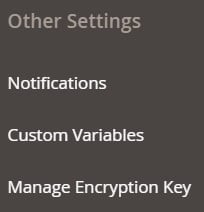Magento 2 Webhooks & Automation: Detailed Guide & Top Solutions

Every Magento merchant wants to automate routine chores to free up time for more viable business processes, such as elaborate and well-informed planning. But who are we kidding? We all want to get some extra time to spend it beyond our daily duties. Although an additional spare hour per day seems pretty useless, it may dramatically imply your life quality. Spend it on reading, running, drawing, playing musical instruments, or whatsoever, and you will notice that an ordinary dull day becomes bright and colorful. Sounds like a perfect plan, right? And you can easily put it into action due to Magento 2 webhooks and automation they provide. In the following guide, we train the spotlight upon Magento 2 webhooks and review top solutions developed to transform your e-commerce burden into a background process. Continue Reading




 The following article continues delving into the
The following article continues delving into the 


